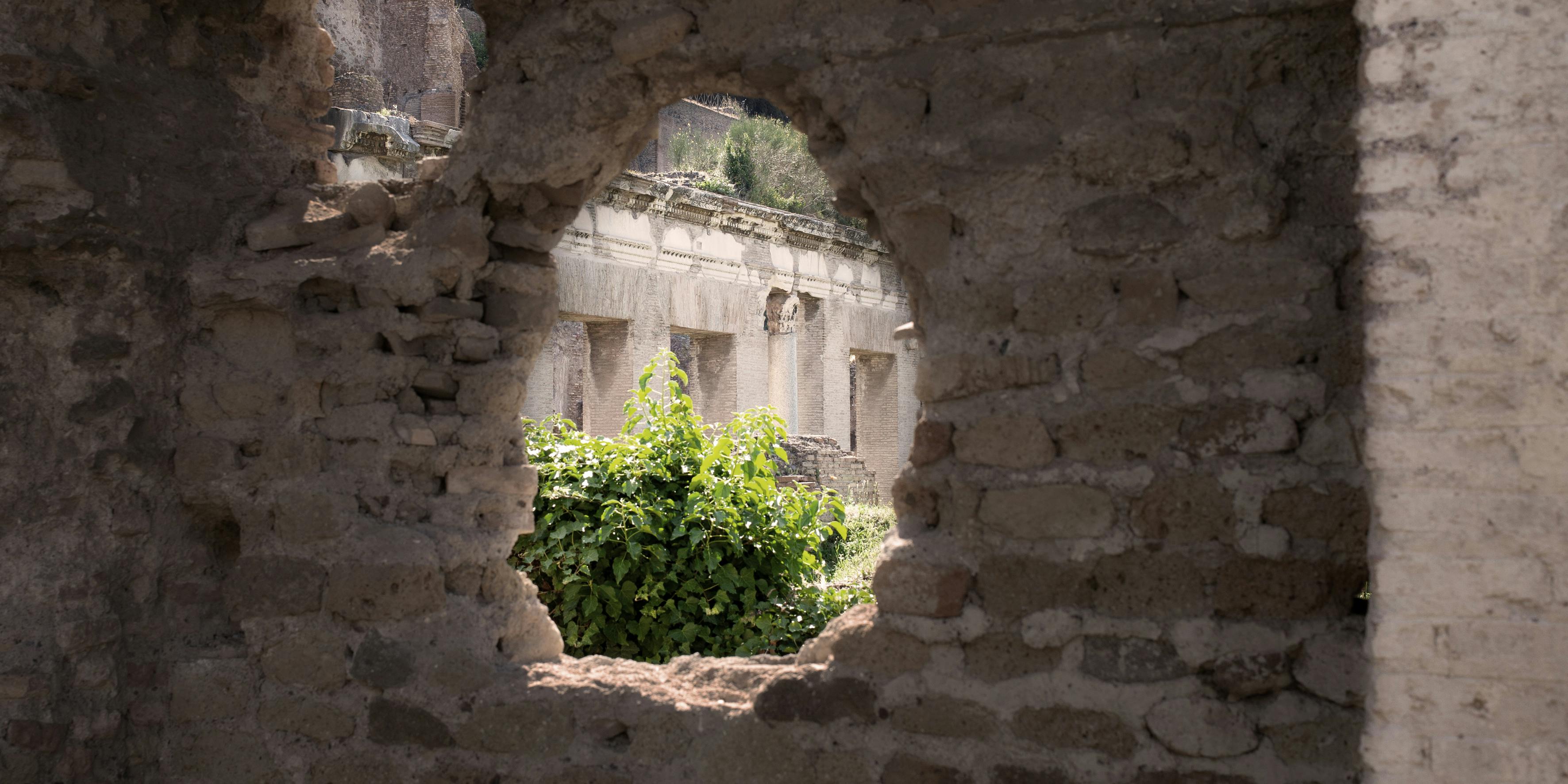
Beyond the Frames: Museums, Identity, and Intersectional Perspectives
What really changes for the public and communities?
by Samuele Briatore
When we enter a museum, we think we are facing a neutral, objective, universal narrative. In reality, every choice – from the exhibited works to the captions, from the suggested path to the absences – reflects specific and often partial perspectives. Who is represented? Who is left out? It is from these questions that the concept of intersectionality, born in legal and feminist studies, is also finding space in the museum debate. Looking at collections through an intersectional lens means recognizing invisible voices, submerged identities, excluded margins, and transforming the museum into a critical and participatory laboratory.
In recent years, museums have taken on an increasingly central role in public debate. They are no longer just spaces for preservation but places where the big issues of the present are questioned: inclusion, accessibility, social justice. The Faro Convention reminded us that cultural heritage does not belong only to experts but is a shared responsibility of individuals and communities. In this framework, the museum becomes a social arena, a civic laboratory where to question who is represented and who is instead excluded.
A useful concept to face this challenge is that of intersectionality, introduced by Kimberlé Crenshaw in the 1980s. The idea is that identities and discriminations do not act in isolation but intertwine: gender, class, ethnicity, sexual orientation, or disability combine with each other, generating specific experiences of privilege or marginalization. In museums, this means recognizing that exhibition narratives are never neutral: they reflect dominant perspectives, often white, male, and heteronormative, and thus risk erasing alternative histories.
The philosopher Judith Butler has shown how gender itself is not a natural fact but a social construct consolidated through norms and repetitions. Bringing this perspective into museums means understanding that collections and captions also contribute to reproducing cultural models, establishing what matters and what does not. If gender is performative, the museum also 'performatizes' memory: through its choices, it stages certain subjects and obscures others.
Museum criticism has long denounced this mechanism. Michel Foucault spoke of 'regimes of truth': devices that establish what is sayable, legitimate, objective. Museums, for centuries, have functioned as tools to construct colonial and patriarchal knowledge, defining the 'other' as an object to observe rather than a speaking subject. Recognizing this past does not mean denying the value of institutions but opening them to new practices capable of including multiple perspectives.
Already in 2002, the Smithsonian Institute invited considering museums as 'agents of change', able to facilitate civic engagement. Today this requires new methodologies: more inclusive captions, curatorships recognizing the role of subjectivity, participatory projects involving historically marginalized communities. It is not enough to 'think intersectionally': as Cho, Crenshaw, and McCall write, one must 'do intersectionality,' that is, make it operational in the daily practice of cultural institutions.
A particularly relevant field is that of gender. As Isabelle Vinson noted already in 2007, the relationship between gender equality and cultural heritage suffered from low political visibility. Museums have long neglected female artists, female figures, and queer narratives. An intersectional approach allows overcoming this gap: it is not enough to 'add women' to collections, but it is necessary to question the intersections between gender, race, class, and sexual orientation in the production and reception of art.
In this direction are the reflections of Patricia Davison, who described curatorship as a 'subjective act' and not neutral. Even the exhibition layout, the choice of materials, or the composition of scientific committees reflect power relations. Speaking of the museum as a 'multivocal' institution means recognizing this plurality of viewpoints and valuing it.
Examples of intersectional practices show that the museum can become an 'activist' place.Robert R. Janes and Richard Sandell have documented experiences where institutions have become citizenship laboratories, addressing issues such as racism, gender violence, and LGBTQ+ rights. It is not about politicizing the museum but making it aware of its role in shaping society.
Intersectionality, in this sense, becomes a critical and projective language: it helps to deconstruct dominant narratives and build new, more inclusive ones. It means asking: which voices remain outside? Which discriminations intersect? Who is not yet represented?
But what really changes for the public and communities? Above all, a museum adopting intersectionality does not just 'display' objects but invites visitors to reflect on how stories are told. Exhibition texts, selected works, offered paths are no longer presented as neutral but as choices that impact social perception. The public is thus made aware that culture is a construction, not an objective fact.
For communities, this approach represents important recognition. It means finally seeing family stories, local memories, and minority identities valued. It means being able to contribute personally to defining narratives, transforming the museum from a distant space into a place of active participation. In this way, intersectionality is not just a theoretical principle but a process that creates bonds, builds trust, and restores dignity to voices long excluded.
The museum of the future, if it embraces this perspective, can become a plural, open, and alive space. No longer a place that speaks 'on behalf of' but a space that builds narratives 'together with' diverse communities, restoring complexity and recognizing differences. In this sense, intersectionality is not only a theory but a transformative practice, capable of making cultural heritage a field of participation and social justice.